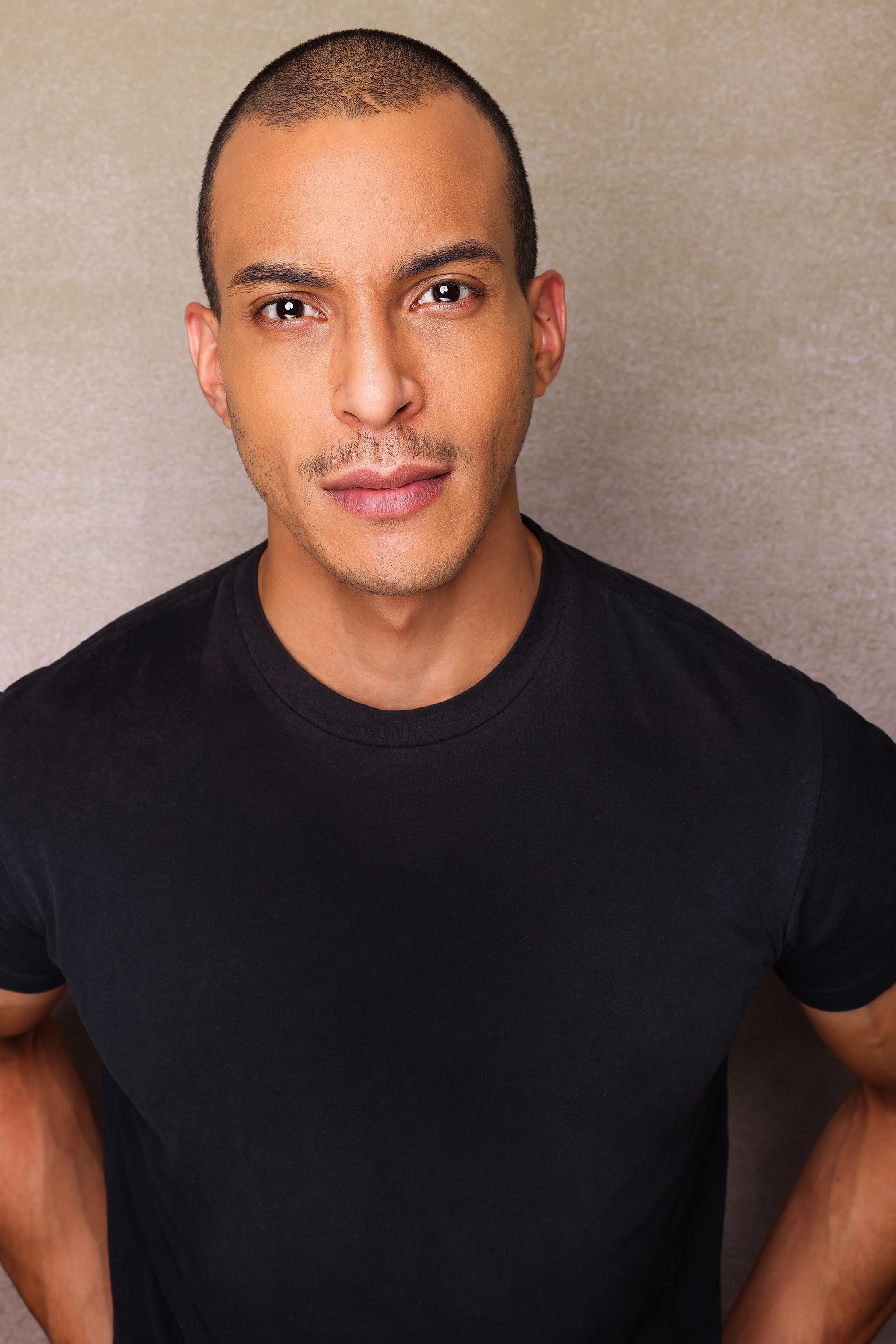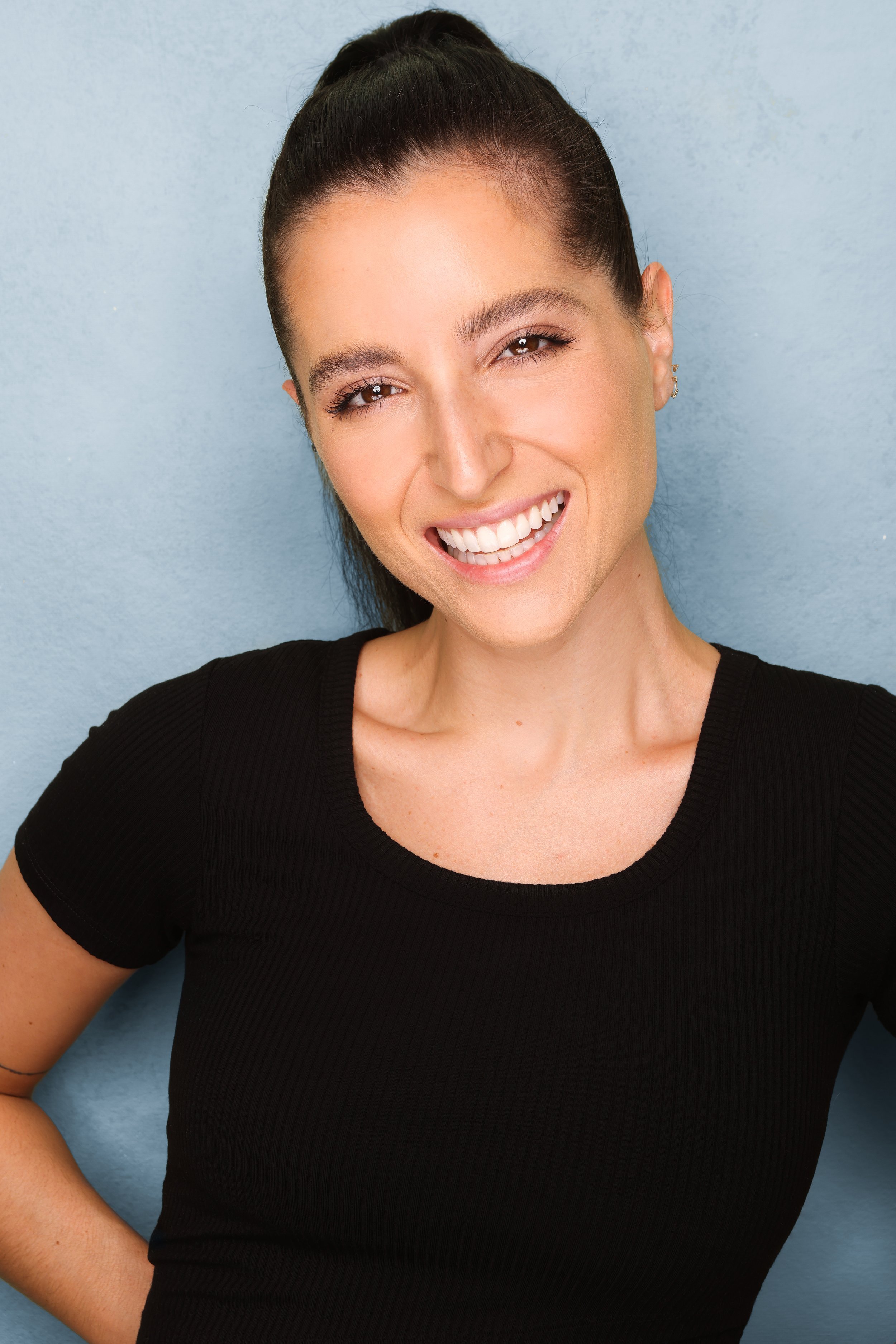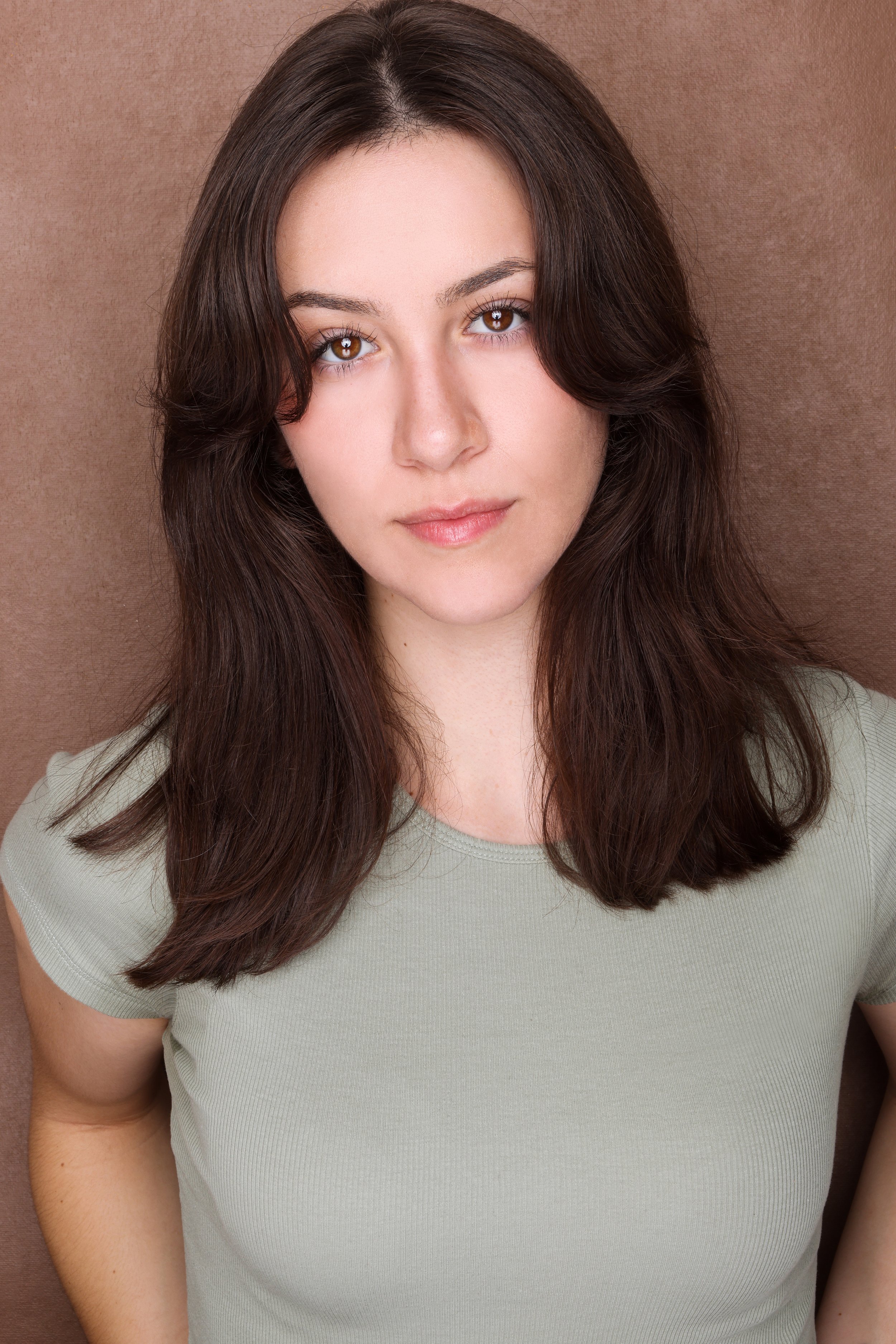How To Get Headshots For Theater
When you're preparing for a acting career, professional headshots for theatre are vital in showcasing your artistic identity. You'll want to start by reflecting on the roles you envision yourself in, as this will inform your photoshoot direction.
Finding a skilled photographer who understands your vision is fundamental, but that's just the beginning. As you think about what to wear and how to present yourself, consider the impact of your choices. There are key elements that can make or break your headshot, and understanding them can greatly enhance your representation in the industry.
What are those important elements? Read on to find out!
Key Takeaways
Define your artistic identity and desired roles to guide your headshot session and communicate effectively with the photographer.
Research and choose a photographer with a strong portfolio in actor headshots, ensuring their style aligns with your artistic brand.
Select simple, solid-colored clothing that reflects your personality and fits the character types you aspire to portray.
Opt for natural or studio lighting that enhances your features while maintaining a polished, professional look.
Regularly update your headshots every one to two years or after significant changes to ensure they accurately represent your current appearance.
Understand Your Artistic Identity
To capture the essence of your artistic identity, take some time to reflect on who you're as a performer. Start by examining your unique personality, strengths, and the types of roles you wish to portray in theater. This understanding will guide the direction of your headshot session, guaranteeing your images resonate with your desired theatrical looks.
A well-crafted headshot serves as the first impression for casting directors and can greatly influence your chances of landing roles, making it crucial to approach this process thoughtfully key elements of a great headshot.
Having clear goals for your headshot is crucial. This clarity helps you communicate effectively with your photographer about the vibe and energy you want to convey. Research poses and styles that align with your artistic identity to guarantee your headshot enhances your brand as a performer.
Keep in mind that your artistic identity can evolve over time. This evolution may influence how often you need to update your headshots to stay relevant in casting decisions.
Ultimately, a well-thought-out headshot session can greatly impact your visibility and opportunities in the competitive theater industry.
Find the Right Headshot Photographer
Choosing the right theater headshot photographer can make all the difference in showcasing your unique identity as a performer. Start by prioritizing photographers with a specialized portfolio in actor headshots. This guarantees they understand the specific requirements of theatrical headshots and can capture your best angles.
Look for photographers who've strong portfolios showcasing headshot work, as they'll likely have experience in lighting and posing that enhances your features. Ask fellow actors or industry professionals for referrals to find reputable photographers known for their compelling work.
When reviewing portfolios, look for a consistent style that resonates with your personal brand and the types of roles you want to portray. An experienced photographer will know how to guide you in showcasing your facial expressions and natural emotions, helping you connect with casting directors effectively.
Remember, clear communication about your needs is vital for achieving the best results during the shoot, as highlighted in the ultimate guide to getting headshots.
Don't forget to discuss costs upfront. Professional headshot sessions typically range from $400 to $1,500, so it's important to understand what's included in the price.
Additionally, consider any extra expenses for services like hair and makeup, as these can enhance your overall look.
Prepare for the Photoshoot
Preparation is key to a successful headshot photoshoot, as it sets the stage for capturing your authentic self. Start by reflecting on your artistic identity and the character types you want to portray. This guarantees your headshots accurately represent your current persona and desired roles. Engaging in continuous learning and skill development can further enhance your ability to embody various characters, as noted in the importance of investment in skill development.
Stay well-rested and hydrated before the session; this helps you present your best self and maintain a fresh appearance.
Next, choose a wardrobe that illustrates your personality while fitting the character types you're targeting. Opt for solid colors and non-distracting clothing to keep the focus on your expressions. Communicate openly with your photographer about your vision and preferences. This collaboration is essential in guaranteeing alignment in style and approach, allowing for genuine expressions to be captured.
Additionally, consider using music during the session to evoke the desired mood and help you feel more relaxed and confident in front of the camera. By preparing thoughtfully, you'll create an environment that not only illustrates your best qualities but also highlights the unique essence needed for effective headshots in the competitive theater industry.
Choose the Best Wardrobe
Selecting the right wardrobe for your theater headshots can make a significant difference in how you're perceived. Start by opting for simple, solid colors that enhance your features, steering clear of busy patterns that can distract from your face.
Commercial headshots require colors that pop to create a lively impression, while your clothing should reflect the type of roles you aim to portray, ensuring it aligns with your artistic identity and the characters you want to represent.
Aim for a timeless look by avoiding trendy or overly flamboyant outfits, which can quickly become dated. Well-fitting clothing is vital, as it not only boosts your confidence but also results in a more natural appearance in the headshot. Comfort is key, so choose materials that allow you to move easily.
Consider layering your outfits to provide versatility, enabling you to display different styles and aspects of your personality. For instance, a blazer over a simple shirt can add sophistication, while a scarf can introduce an element of character without overwhelming your look.
Your wardrobe is a fundamental tool in projecting the right image, so take your time to choose pieces that truly represent you and the roles you aspire to play.
Consider Lighting Options
When it comes to lighting options for your theater headshots, natural light often shines as the top choice. It creates a genuine, cinematic look, resulting in softer shadows and a more authentic appearance. This type of lighting can enhance your features, making your eyes the focal point while avoiding harsh contrasts.
A good headshot should evoke immediate character analysis, so selecting the right lighting is vital for showcasing your unique traits in the best light (importance of headshots).
Studio lighting offers a different approach, providing a polished and neutral backdrop that highlights your unique traits without the unpredictability of outdoor conditions.
When considering your lighting options, think about the character types you wish to portray. Different lighting styles can convey varying moods and aesthetics, which is important for your theatrical headshot.
It's fundamental to guarantee balanced illumination on your face. This means avoiding dramatic shadows unless they serve a specific purpose in reflecting the character you aim to embody.
A well-lit headshot should keep the background subtle, allowing your expression and personality to shine through without distraction. By carefully selecting your lighting, you can create a powerful image that represents you effectively in the competitive theater scene.
Select an Appropriate Background
An appropriate background plays a crucial role in making your theater headshot stand out. Your theater headshot photographer should choose a simplebackground that is not distracting.
Ideally, choose a solid color or a lightly textured option that keeps the focus on your face and expressions. A blurred or softly lit background can enhance the depth of your perfect headshot without competing with your features. Remember that the choice of background can greatly impact the perception of your professionalism, as quality and attention to detail are vital in the acting industry, as seen in the importance of professional headshots.
Consider the roles you're targeting when choosing your background. For example, a natural setting might work well for roles requiring warmth, while a studio backdrop offers a polished, professional look. Confirm the background complements your wardrobe and skin tone, avoiding colors that clash or overshadow your appearance.
During your shoot, test how different backgrounds interact with lighting to find the most flattering option. The right background should highlight your features effectively and display your range as an actor.
Review and Select Images
After wrapping up your headshot session, it's time to sift through the proofs and identify the images that truly capture your personality and the roles you aspire to portray.
Begin your review by looking for images where your eyes convey emotion and connection, as these elements are essential for making a lasting impression on casting directors.
Consider enlisting feedback from trusted peers or industry professionals during this selection process. Their insights can help guarantee that your chosen images align with your artistic branding.
Aim for a diverse range of looks in your final selections, incorporating both smiling and serious expressions. This variety will exhibit your versatility as an actor, allowing you to appeal to different types of roles.
Make certain to choose high-resolution images that have been properly retouched. While improving your features is important, avoid excessive editing that may compromise authenticity.
The right images will serve as fundamental marketing tools, highlighting your unique essence and attracting the attention of casting directors in the competitive theater industry.
Ultimately, take your time, and select images that genuinely reflect who you're as an actor.
Keep Your Headshot Updated
Maintaining relevance in the competitive theater industry demands that you keep your headshot updated. It's generally recommended to refresh your theatre headshots every one to two years. This guarantees they accurately reflect your current appearance, which is essential for making strong casting decisions.
If you experience significant changes in your looks—like weight loss, new hairstyles, or signs of aging—it's time for an immediate update. Investing in a quality headshot is a significant step in development, as it serves as your primary advertisement in the acting world, showcasing your commitment to the craft.
Regularly retouching your headshots is also important. Light retouching enhances your features while preserving authenticity, allowing you to appear polished without excessive editing. Additionally, staying aligned with current industry trends can give you an edge in auditions, as it helps you match the visual branding that casting directors are looking for.
To maximize your chances for success, maintain a stock of 20 to 100 printed copies of your headshots. This preparation facilitates better networking opportunities and prompt submissions during auditions and meetings.
Headshots For Theater
Getting effective headshots for theater involves understanding your artistic identity, choosing the right photographer, and preparing thoroughly for the shoot. Opt for simple, well-fitting clothes and make certain the environment feels comfortable. Pay attention to lighting and background to enhance your image. After the shoot, review your photos carefully and select the best options. Regularly updating your headshots will keep your representation current, helping you stand out in the competitive theater industry.




